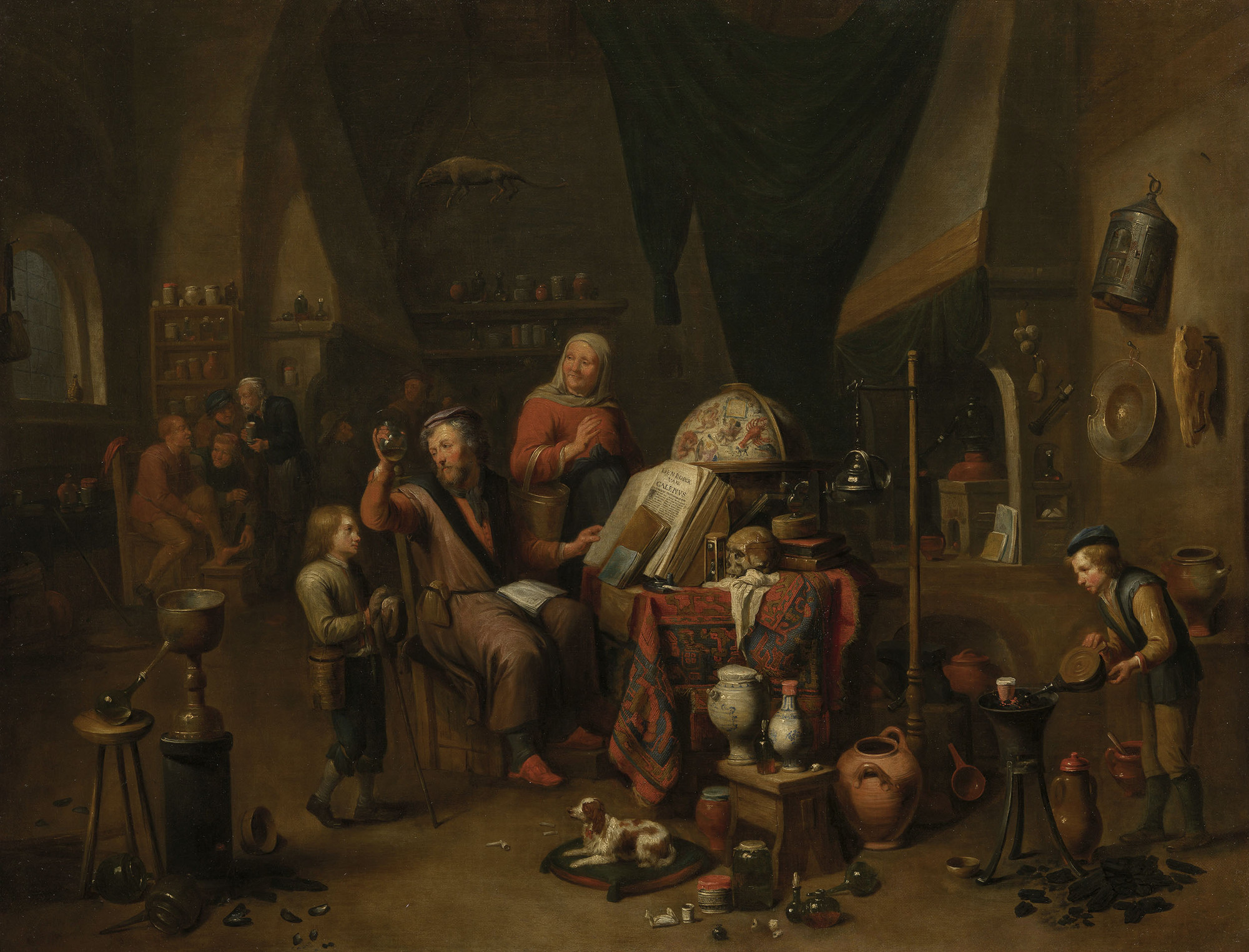
Stories of Medics and Medicine in the Royal Collection
The Royal Collection contains fascinating objects and paintings that illustrate the changing perception and use of medicine over time
LEONARDO DA VINCI (VINCI 1452-AMBOISE 1519)
The major organs and vessels
c.1485-90RCIN 912597
A study of a man standing facing the spectator, with legs apart and arms stretched down, drawn as an anatomical figure to show the heart, lungs and main arteries.
In the mid-1480s Leonardo began to study anatomy, initially towards a proposed treatise on painting, but soon as a subject in its own right. This drawing summarises traditional beliefs about the major organs and vessels. The heart was thought to produce ‘vital spirit’, the life force, which was distributed throughout the body by the arterial system; the liver was believed to be the source of nutrition or ‘natural spirit’, creating blood that was distributed by the veins to nourish the body. Although Leonardo eventually realised that the heart lay at the centre of both the veins and arteries, he never deduced the circulation of the blood.
Text adapted from Leonardo da Vinci: A life in drawing, London, 2018
In the mid-1480s Leonardo began to study anatomy, initially towards a proposed treatise on painting, but soon as a subject in its own right. This drawing summarises traditional beliefs about the major organs and vessels. The heart was thought to produce ‘vital spirit’, the life force, which was distributed throughout the body by the arterial system; the liver was believed to be the source of nutrition or ‘natural spirit’, creating blood that was distributed by the veins to nourish the body. Although Leonardo eventually realised that the heart lay at the centre of both the veins and arteries, he never deduced the circulation of the blood.
Text adapted from Leonardo da Vinci: A life in drawing, London, 2018







